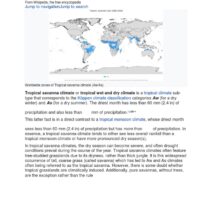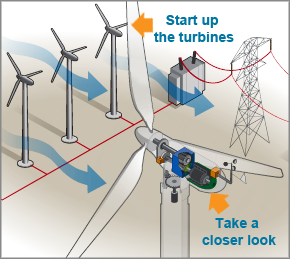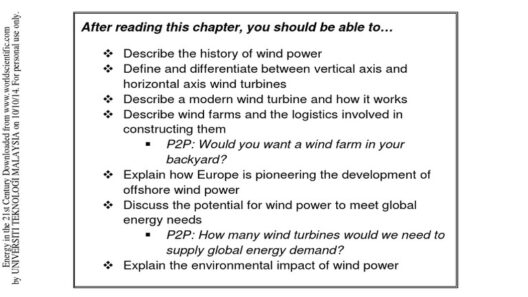Wind energy, characterized by its renewable and sustainable nature, has emerged as a pivotal player in the transition towards greener alternatives in the energy sector. Understanding how wind energy is collected is essential for grasping its potential and long-term viability. This article will delve into the sophisticated technology underpinning wind power collection, addressing key considerations for prospective buyers while illuminating how these systems function to harness the inexhaustible force of wind.
At the core of wind energy collection lies the wind turbine, a remarkable contraption engineered to convert kinetic energy from moving air into mechanical energy. Wind turbines come in various designs, though they predominantly operate under a similar principle. As wind flows over the blades, it generates lift, causing them to rotate around a hub. This rotational motion is converted into electrical energy through a system of gears connected to a generator. The efficiency of this process is critical; advancements in aerodynamics and materials science have significantly improved the performance and durability of turbine blades.
In recent years, the proliferation of technology such as predictive analytics and wind forecasting models has further enhanced the potential of wind energy. These innovations allow for more precise understanding and optimization of wind patterns, which assists not only in site selection for new wind farms but also in the management of existing assets.
The towering giants of the wind energy landscape – the wind turbines themselves – stand as a testament to engineering prowess and environmental stewardship. Typically ranging from 100 to 300 feet in height, modern turbines are designed to be more efficient and less intrusive than their predecessors. Many now feature the capability to operate in lower wind speeds, expanding the geographic regions where wind farms can be established.
Moreover, integrating technology such as direct-drive generators can eliminate the need for mechanical gearbox systems, reducing maintenance needs while enhancing reliability. This aspect is crucial for potential investors and buyers who seek long-term solutions with lower operational costs.
Understanding site selection and wind resource assessment is paramount for maximizing the effectiveness of wind energy systems. A thorough analysis involves meteorological data collection, topographical studies, and environmental assessments. Sophisticated tools, such as Lidar (Light Detection and Ranging) and SODAR (Sonic Detection and Ranging), provide intricate insights into wind patterns at different altitudes. These methods facilitate the identification of optimal locations for wind farms to yield maximum energy output.
Beyond the mechanics of capturing wind energy, it is important to consider the infrastructure required for energy transmission. Once electrical energy is generated, it needs to be efficiently routed to the power grid. This necessitates a comprehensive understanding of energy transmission technologies, including high-voltage transmission lines and substations. The transition from decentralized generation to a connected grid is a critical factor for buyers, as it directly influences the reliability and stability of energy supply.
As wind energy continues its ascent, its potential to mitigate climate change is irrefutable. Wind power generates no greenhouse gas emissions during operation, positioning it as a desirable alternative to fossil fuels. Furthermore, advancements in turbine efficiency and energy storage technologies continue to enhance the feasibility of wind energy as a primary power source.
Nonetheless, prospective buyers might express reservations about the initial capital investment and the potential intermittency of wind energy. It is crucial to address these concerns by highlighting the rapidly decreasing costs associated with wind energy technology. In fact, numerous studies indicate that the levelized cost of electricity (LCOE) for wind energy has plummeted over the last decade. This trend, driven by economies of scale and technological innovation, renders wind energy increasingly competitive with traditional energy sources.
Additionally, wind energy systems can be complemented by energy storage solutions, such as batteries or pumped hydro storage, which help bridge the gap during periods of low wind activity. This integration not only ensures a consistent energy supply but also enhances grid reliability.
Critically, farmers and landowners need to consider the land usage implications of wind energy projects. Wind farms can coexist with agricultural activities, allowing landholders to maintain their livelihoods while simultaneously benefiting from lease agreements or profit-sharing models. Understanding the multifaceted benefits of land utilization can alleviate apprehensions regarding the loss of agricultural lands, presenting wind energy as a holistic approach to sustainable development.
As the wind energy sector evolves, further advances in technology, policy, and public perception will continue to shape its future. Stakeholders must remain vigilant in addressing any ecological concerns, such as impacts on local wildlife or turbine noise. Transparency, community engagement, and ongoing research are integral in ensuring that wind energy can progressively align with environmental values while satisfying the energy demands of a growing population.
In conclusion, a deep comprehension of how wind energy is collected reveals a complex yet fascinating system of technology and innovation. By addressing buyer concerns and highlighting sustainability, wind energy stands as a paramount solution in the global pursuit of energy independence and ecological preservation. As the world shifts towards a renewable energy future, the effectiveness and promise of wind power becomes increasingly vital to the overarching energy matrix.







